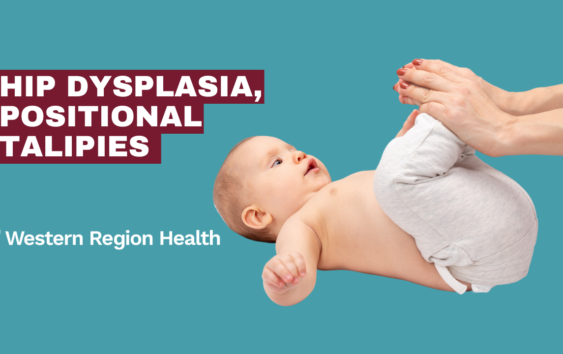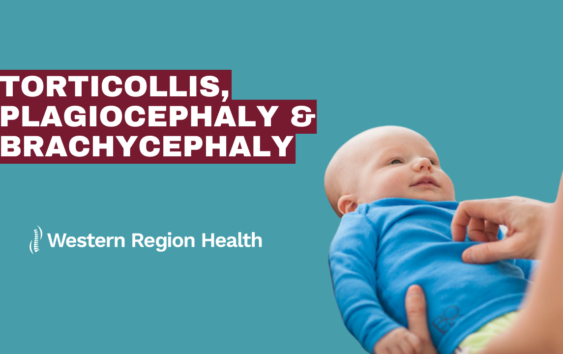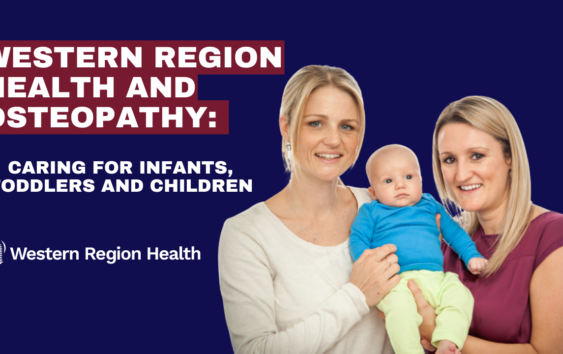General | November 30, 2020
Pregnancy Related Pain? Give Osteo A Go!
By Dr. Alanah Hayes (Osteopath) B. Sci (Clin. Sci), MHS (Osteopathy) – Member Osteopathy Australia
Since becoming an osteopath I’m finding more patients enthusiastically “giving osteo a go” and even more so pregnant women, whether it be their first time, or returning with a new bump to work with. In a 2012 study completed in Australia, 71% of women self-reported suffering from low back and pelvic pain during pregnancy. That’s a lot of women who are just simply putting up with their pain unnecessarily!
Pregnancy is a wonderful time to receive osteopathic treatment as your body is more than ready to adapt to some major changes to accommodate the growing bub. An osteopathic approach helps facilitate the body’s natural processes to heal itself and during this time it often takes only minor changes during treatment to be feeling great again! This is achieved by using safe and efficient techniques all the while making sure the mother is comfortable at all times.
Every mum-to-be is unique in her newly developing physique and so the previous and current history is a major part in understanding why some struggle to adapt to postural changes during pregnancy. The back and sacroiliac region (the joints at the back of the pelvis) are the main sites of pain that women can suffer with needlessly during pregnancy.
Pregnancy posture pains
Over the nine months as you grow your baby bump, your centre of gravity moves forward with it too. With this change your body’s ligaments and muscles stretch and relax allowing for:
- The pelvis to tilt to deepen the curve in the low back.
- The upper back to become more rounded with the neck deepening in its curve so that your eyes remain straight.
A change in the centre of gravity means you need to find a new point of balance and so your hips adapt too, to create a wider stance. This altered hip position can affect the arches of the feet making them more flat than usual. These changes in weight and balance can ultimately affect how your knees, hip and back maintain a good posture. Lastly, thanks to the hormonal action of Relaxin around the 7-10 weeks mark, the pelvic joints and ligaments become relaxed in pregnancy in order to make room for the growing baby. This softening of the joints in the pelvis don’t allow them to move as fluently, causing strain in one area, with the sacroiliac region the biggest culprit.
Sometimes the body just needs a little help to facilitate the pregnancy processes of change and that’s where we as osteopaths step in!
Osteopathic treatment can also help with the aches and pains that come postnatally, such as poor breast-feeding posture, lifting and carrying car seats, pushing prams, carrying your baby and bending over the cot to name a few.
Please note, the information above may not be specific to your situation. Please contact one of our osteopaths to provide specific advice and management based on your individual circumstance.
References
Ceprnja,, D., Chipchase, L., & Gupta, A. (2017). Prevalence of pregnancy-related pelvic girdle pain and associated factors in Australia: a cross-sectional study protocol. BMJ Open, 7, 1-6. doi: 10.1136/bmjopen-2017-018334
Pierce, H., Homer, C., Dahlen, H., & King, J. (2012). Pregnancy-Related Lumbopelvic Pain: Listening to Australian Women. Nursing Research And Practice, 2012, 1-10. doi: 10.1155/2012/387428
Soma-Pillay, P., Nelson-Piercy, C., Tolppanen, H., &Mebazaa, A. (2016). Physiological changes in pregnancy. Cardiovascular Journal Of Africa, 27(2), 89-94. doi: 10.5830/cvja-2016-021


